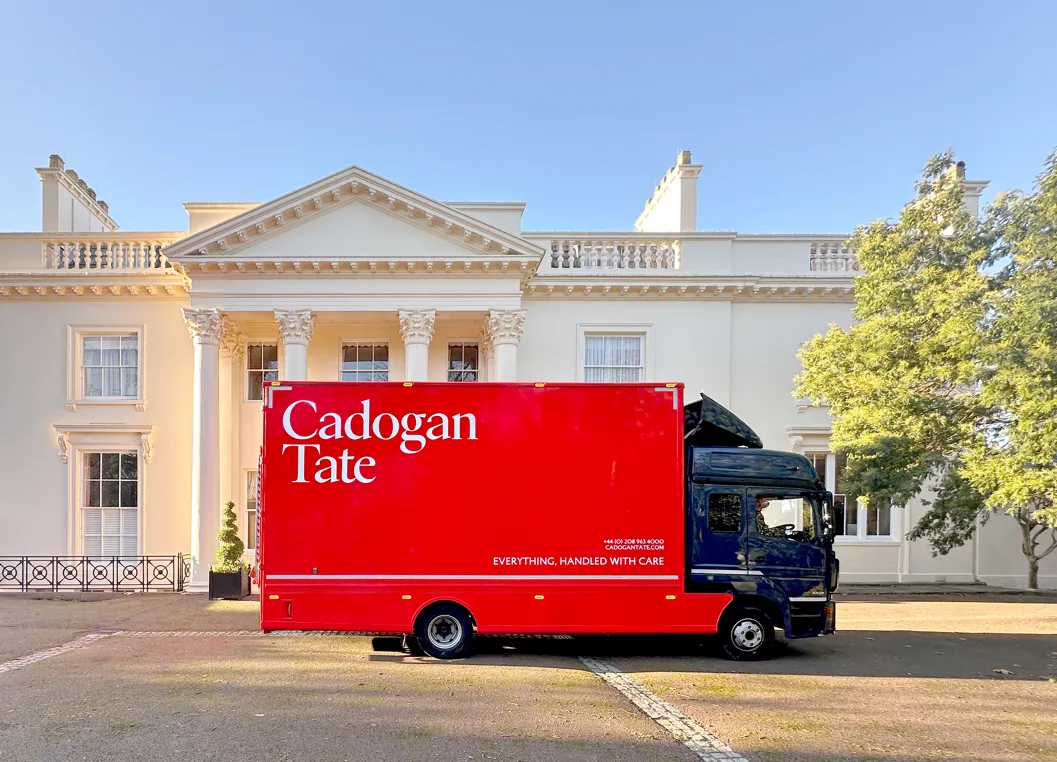
With its pretty name and small village vibes, it’s easy to forget that Primrose Hill is so close to the City. Those who choose to move to this peaceful slice of London will find it hard to leave. Spoiled by the characterful late Victorian terraced homes, the green, grassy expanse of the Grade II listed park and a strong, close-knit community, residents of the area fiercely protect its uniqueness from overdevelopment.
Moving to Primrose Hill
Primrose Hill has long attracted an exclusive crowd, from creative professionals and celebrities, to city socialites and high-wealth families. It rose to particular fame in the Nineties, when the so-called ‘Primrose Hill Set’ made the area their home. It was a time when Liam and Noel Gallagher, Kate Moss, Jude Law and Sadie Frost, Ewan McGregor, Sienna Miler and many more were household names. As they partied their way around Primrose Hill and its surrounding areas, the British media focused in on this small neighbourhood.
Now its former notoriety has calmed down, and the area is home to families, couples and professionals from all walks of life. It still attracts the rich and famous, as it always did, but now the main attraction is a desire to get away from City life and enjoy a peaceful existence in opulent surroundings.
The attractions of Primrose Hill
The main attraction of Primrose Hill, is the hill itself. While hardly a mountain by any measure, this modest hill offers stunning views right across central London on a clear day. The peak of the hill is a protected viewpoint, one of six across London, summiting 63 meres above sea level. The trees here are maintained and kept deliberately low so as not to obscure the famous view. One tree in particular, is known as Shakespeare’s Tree, which was originally planted in 1864 (and replanted in 1964) to mark the 300th anniversary of the playwright’s birth. The Royal Park borders Regent’s Park, the two separated by Prince Albert Road and the ZSL London Zoo.
Regent’s Park Road is known as the beating heart of Primrose Hill. Here, there are numerous independent shops, cafés and restaurants galore. The uniqueness of the road’s boutiques attracts shoppers looking for something different than the usual high-street stores, and to source fashion from cutting-edge designers.
The area is also famed for its good food, with a few notable restaurants in the area. Odette’s, for example, has been known as a place worth visiting since the Seventies. Owned by chef Bryn Williams, the food is rustic yet elaborate, offering both great value and great taste. Michael Nadra Primrose Hill is the chef’s second restaurant (his first is in Chiswick), which offers contemporary food in a relaxed environment. It’s hard to find a bad meal in Primrose Hill, with each unique establishment offering its own charming cuisine and atmosphere.
Primrose Hill has its own food market, The Spread. Located on the site of St Paul’s COE Primary School, this market offers fresh produce every Saturday from a wide variety of vendors. On a sunny weekend, it’s perfect to load up on bread and cheese, and wander to the top of Primrose Hill for a picnic.
Families in Primrose Hill
There is no shortage of things to do for those moving to Primrose Hill with children. The ZSL London Zoo is right on the edge of Primrose Hill and always a favourite for kids of all ages.
The Primrose Hill Community Library caters for the neighbourhood’s children, with regular events and classes for all ages. This includes after-school homework clubs and private tuition sessions. It also has a monthly film club, as well as other classes and groups for adults.
On a practical point, Primrose Hill offers excellent schooling options. There are two state primary schools directly in the neighbourhood, including St Paul’s COE Primary School – where the weekly market is held – and Primrose Hill Primary School. North Bridge Prep school is a popular independent choice for 7+ entry, and St Christina’s is a private Catholic school. The nearest state secondary school is Haverstock, though many parents living in the area will opt for one of the many excellent private schools located in the surrounding neighbourhoods.
Living in Primrose Hill
Primrose Hill feels cut off from the rest of London. This is enhanced by the fact it doesn’t have its own dedicated transport hub. The nearest Underground station is Chalk Farm, around a 10-minute walk away, and both Swiss Cottage and St John’s Wood are close by too. It is Zone 2, meaning it’s close to the city centre, but far enough away to keep its small-village atmosphere.
Properties in this area are snapped up fast, desirable as they are. The famed John Nash stucco-fronted Regency townhouses are highly coveted in the southern part of the area, close to Regent’s Park. Larger later-Victorian townhouses in neat terraces are also popular options. The heavily photographed Chalcot Square is probably one of the best known areas visually, thanks to its tradition of having the houses painted in different pastel shades. Prices start from around £1 million for smaller two-bedroom flats, up to more than £5 million for detached period homes.
If you’re looking for Primrose Hill removals services, click here to find out how we can help facilitate your move with our professional packing and shipping services.



